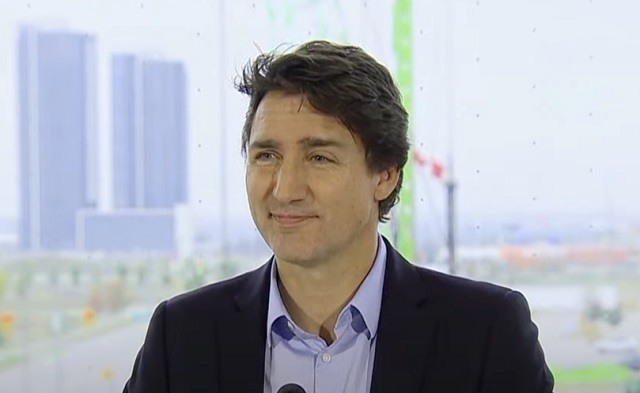Central Alberta
How to Impress your Doctor

How to Impress your Doctor

Derek added more cardio to his workouts to combat Type 2 Diabetes
At the end of September, I had an elbow injury that required surgery. As part of the pre op assessment, my blood glucose was tested. They told me it was high. Very high. Once I was out of hospital, I saw my family doctor who arranged for me to work with the family nurse in the clinic to get my blood glucose into a healthier range.
Although all adult males on my father’s side have diabetes, I felt fine and was oblivious to any problem. I had been a body builder in my younger years, so I continued to work out some but did know my eating habits had slipped toward unhealthy and some extra beer and wine had slipped in. I saw Type 2 diabetes as a warning and an opportunity to use a healthier lifestyle to bring my blood sugars down. I did not want the health issues I saw my uncles go through.
The family nurse and I set out a plan. It was very helpful to have her to plan with. I now follow the same general plan of eating and exercise each day and test my blood 3 times per day. That way I learn from any minor variations in blood sugar. I realized that my work outs focused on strength training but little cardio. So, I added more rigor to my workouts and cardio every day. I improved my diet considerably and now eat 4 times per day. I decreased my alcohol intake by 75%. In all honesty, it wasn’t that hard for me to make these changes.
My family history of diabetes was a strong motivator. My improved lifestyle has really made a difference to my health. I got leaner and was able to find all my ab muscles easily. This was a surprise as I thought I was in good shape. My blood glucose is back in the target range in a very short time frame. My doctor is very impressed. I feel great, I have a ton more energy, I sleep better, my complexion is better, and I enjoy my healthy routine!
Read more success stories from the Primary Care Network.
Click to learn more about the Primary Care Network.
Alberta
Province boosts development strategies at Regional Airports
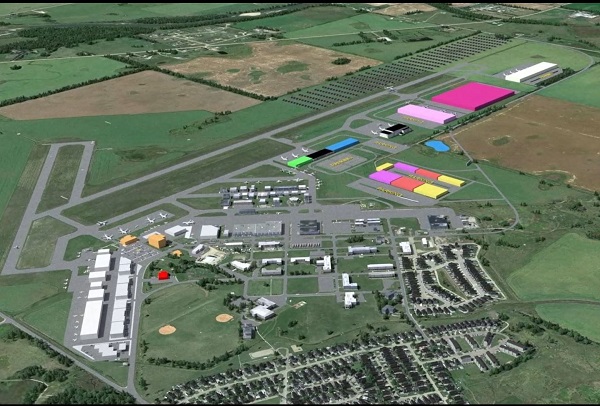
Proposed area for development at Red Deer Regional Airport highlighted by bright colours
Building Alberta’s regional airport network
Alberta’s government is investing $1.13 million to support the development of regional airports across the province.
Alberta’s regional airports connect people, create jobs and help local businesses reach new markets. This investment will facilitate the growth of the province’s regional airport network, enabling the seamless movement of people and goods, and creating more opportunities for municipalities and local industry to thrive.
“Alberta’s aviation industry plays an important role in strengthening and diversifying our economy by expanding access to markets and creating jobs in the province. Regional airports are key assets in supporting the air sector and the movement of people. This investment will support the growth of Alberta’s regional airports and help restore and develop connections between our regional and international airports.”
The grant funding will support 10 regional airports in developing business cases and feasibility studies for improved airport infrastructure and air transportation. The projects will allow the airports to identify, explore and prioritize improvements and opportunities to increase their economic competitiveness, such as increasing the number of air carriers or the efficiency of aircraft movement to bolster the economic output of regional airports.
“Regional airports play a critical role in keeping Alberta connected and our economy growing. We are working with our partners to ensure all corners of the province are in the best position to attract job-creating investment and opportunities from around the world for all Albertans.”
The grants include $120,000 to the Red Deer Regional Airport for a land development strategy, which will inform the airport about how it can leverage infrastructure and facility improvements, such as terminal expansion and airside land development, that will better position the airport as a hub for economic activity.
“The continued support from the province positions the Red Deer Regional Airport as a compelling and competitive location to do business. Now more than ever, we are primed to attract new investment opportunities, create jobs and strengthen central Alberta’s economic landscape.”
The funded projects vary in scope and size depending on the specific needs of each airport. They include exploring airport certification to support scheduled air services, airport commercial development, commercial air services, hangar development and development of strategic business cases to restore regional airports’ positions as primary transportation hubs.
“CAEP is proud to showcase the importance of the Red Deer Regional Airport as a true ’hub‘ in the Central Alberta Region. Transportation is critical to a thriving region that leads to sophisticated manufacturing, technological innovation and investment attraction to enhance and support our economic corridors. Continued growth at the RDRA is proof that the region is thriving and a ’destination of choice‘ for investment.”
The projects will also support the creation of an air service business case to attract new airlines, analyzing highest-need routes, determining baseline capacities of airport infrastructure, and identifying capital asset rehabilitation and replacement requirements.
“Regional airports support economic development and serve as a hub for emergency services for rural Alberta. The funding provided today will benefit many rural communities and represents a strong step in maintaining Alberta’s rural transportation network.”
This investment demonstrates Alberta’s commitment to growing the aviation sector and diversifying the economy. Alberta’s government will continue working closely with regional airports to ensure they are drivers of economic growth in the province.
Quick facts
A total of $1,129,424 is being provided to support 10 regional airports:
- Cold Lake Regional Airport
- Feasibility Study for Airport Certification to Support Scheduled Air Services – $144,000
- Whitecourt Airport
- Commercial Development Feasibility Study – $78,684
- Lloydminster Municipal Airport
- Commercial Air Services Feasibility Study – $113,988
- Peace River Regional Airport
- Peace River Airport Master Plan – $57,552
- Lethbridge Airport
- Hangar Development Feasibility Study and Business Case – $150,000
- High Level Airport
- High Level Airport Master Plan – $56,000
- Red Deer Regional Airport
- Land Development Strategy and Implementation Plan – $120,000
- Medicine Hat Regional Airport
- Feasibility and Business Case for Airport Growth and Development – $150,000
- Grande Prairie Airport
- Canadian Border Services Agency Facilities Study – $140,000
- Fort McMurray International Airport
- Business Case to Recapture Lost Passenger Traffic – $119,200
Alberta
Doubling surgical capacity in Rocky Mountain House
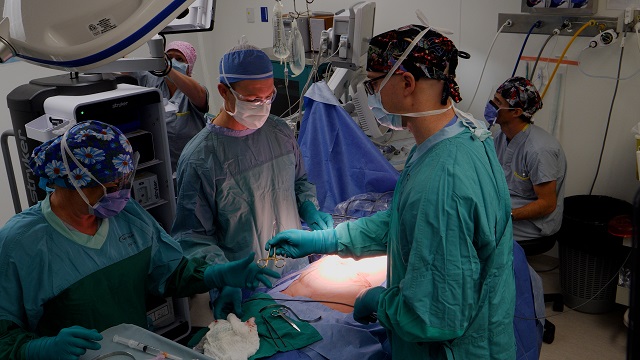
Rural Albertans will be able to access surgeries quicker and closer to home now that the expansion and renovation of the Rocky Mountain House Health Centre is complete.
The Rocky Mountain House Health Centre has been providing residents with health care since 1971, including surgical services. Alberta Infrastructure has completed an addition to the facility, which includes a new operating room. This will enable approximately 120 Albertans per month to receive surgery, doubling the number of monthly surgeries. This additional, brand-new operating room is also expected to decrease the wait lists for surgeries.
The expanded Rocky Mountain House Health Centre provides an additional 440 square metres (4,736 square feet) and includes:
- a new operating room,
- 6 additional recovery beds,
- a patient support area, and
- an updated medical device reprocessing department.
The new spaces can be accessed from the existing site thanks to the addition of an upgraded hallway that connects the two buildings.
“Completing the expansion and renovation of the Rocky Mountain House Health Centre is a significant step forward in delivering Alberta Surgical Initiative projects province wide. This investment into health care infrastructure will increase surgical capacity, helping Albertans get treatment when and where they need it.”
The Rocky Mountain House Health Centre upgrade is part of the Alberta Surgical Initiative (ASI), which aims to enhance surgical capacity across the province by expanding and maximizing existing health care space. Over the next three years, the 2024 Capital Plan is providing $313 million for ASI projects throughout the province.
Alberta Infrastructure and Alberta Health Services share the responsibility for delivering ASI projects. Alberta Health Services leads the delivery of smaller projects, while Alberta Infrastructure delivers capital projects over $5 million.
“Albertans deserve timely access to surgeries, and they should be able to get them close to home. The expansion and renovation of the Rocky Mountain House Health Centre will increase its capacity so more Albertans can get the surgeries they need when they need them. Through the Alberta Surgical Initiative, we are improving access to surgical care and funding projects across the province, including in rural communities like Rocky Mountain House.”
Alberta Infrastructure is working on 20 ASI projects in communities across Alberta, including Brooks, Calgary, Camrose, Edmonton, Fort Saskatchewan, Innisfail, Lethbridge, Olds, Ponoka, St. Albert and Stettler. Lethbridge will be the next community to benefit from a completed ASI project. The expansion of two operating rooms and more surgical inpatient rooms at the Chinook Regional Hospital is anticipated to be completed later this fall.
“The expanded Rocky Mountain House Health Centre will help ensure more residents can access surgeries and receive the care they need in a timely manner. Investments like these in rural Alberta matter and I’d like to thank Minister Guthrie and Minister LaGrange for delivering on this project that will double our surgical capacity in Rocky Mountain House.”
Quick facts
- The total budget for the Rocky Mountain House Health Centre ASI project was $15 million.
- This Alberta Infrastructure project was completed on time and on budget. Approximately 85 construction-related jobs were created during the project.
- In addition to the new building, other renovations include new mechanical and electrical building systems.
- Alberta Infrastructure is managing other ASI projects at the following locations:
- Brooks Health Centre
- Calgary
- Alberta Children’s Hospital
- Foothills Medical Centre
- South Health Campus
- Camrose – St. Mary’s Hospital
- Edmonton
- Grey Nuns Community Hospital
- Misericordia Community Hospital
- Royal Alexandra Hospital
- Walter C. Mackenzie Centre (University of Alberta Hospital)
- Fort Saskatchewan Community Hospital
- Innisfail Health Centre
- Lethbridge – Chinook Regional Hospital
- Olds Hospital and Care Centre
- Ponoka Hospital and Care Centre
- St. Albert – Sturgeon Community Hospital
- Stettler Hospital and Care Centre
- Other ASI projects completed by Alberta Infrastructure:
- Grande Prairie Regional Health Centre (completed in July 2022)
- University of Alberta (completed September 2023)
-

 COVID-192 days ago
COVID-192 days agoPro-freedom Canadian nurse gets two years probation for protesting COVID restrictions
-
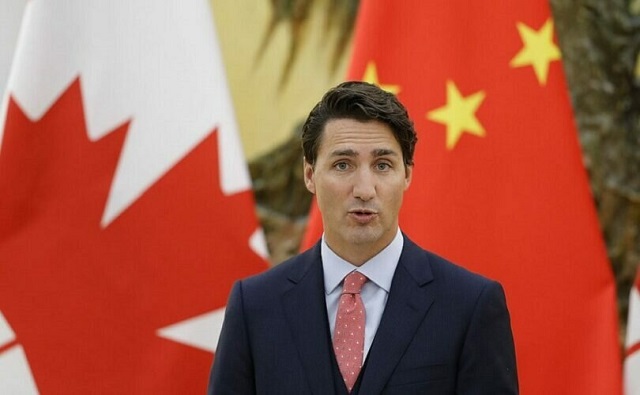
 espionage2 days ago
espionage2 days agoTrudeau’s office was warned that Chinese agents posed ‘existential threat’ to Canada: secret memo
-
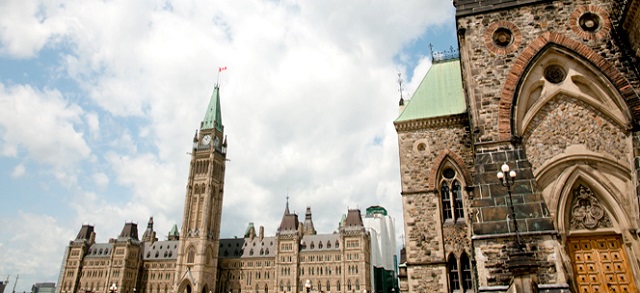
 Economy2 days ago
Economy2 days agoMassive deficits send debt interest charges soaring
-

 Business1 day ago
Business1 day agoBusiness investment key to addressing Canada’s productivity crisis
-

 Jordan Peterson1 day ago
Jordan Peterson1 day agoJordan Peterson slams CBC for only interviewing pro-LGBT doctors about UK report on child ‘sex changes’
-

 International1 day ago
International1 day agoBrussels NatCon conference will continue freely after court overturns police barricade
-
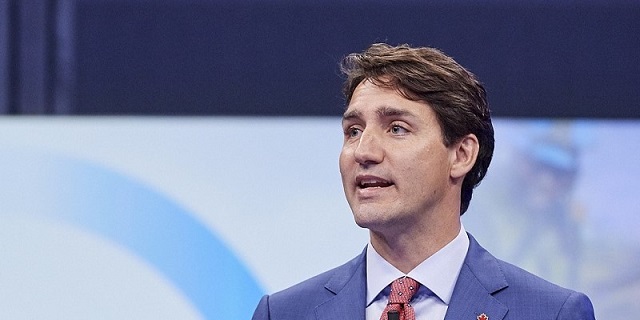
 Business1 day ago
Business1 day agoFederal budget fails to ‘break the glass’ on Canada’s economic growth crisis
-

 Frontier Centre for Public Policy1 day ago
Frontier Centre for Public Policy1 day agoThe Smallwood solution



